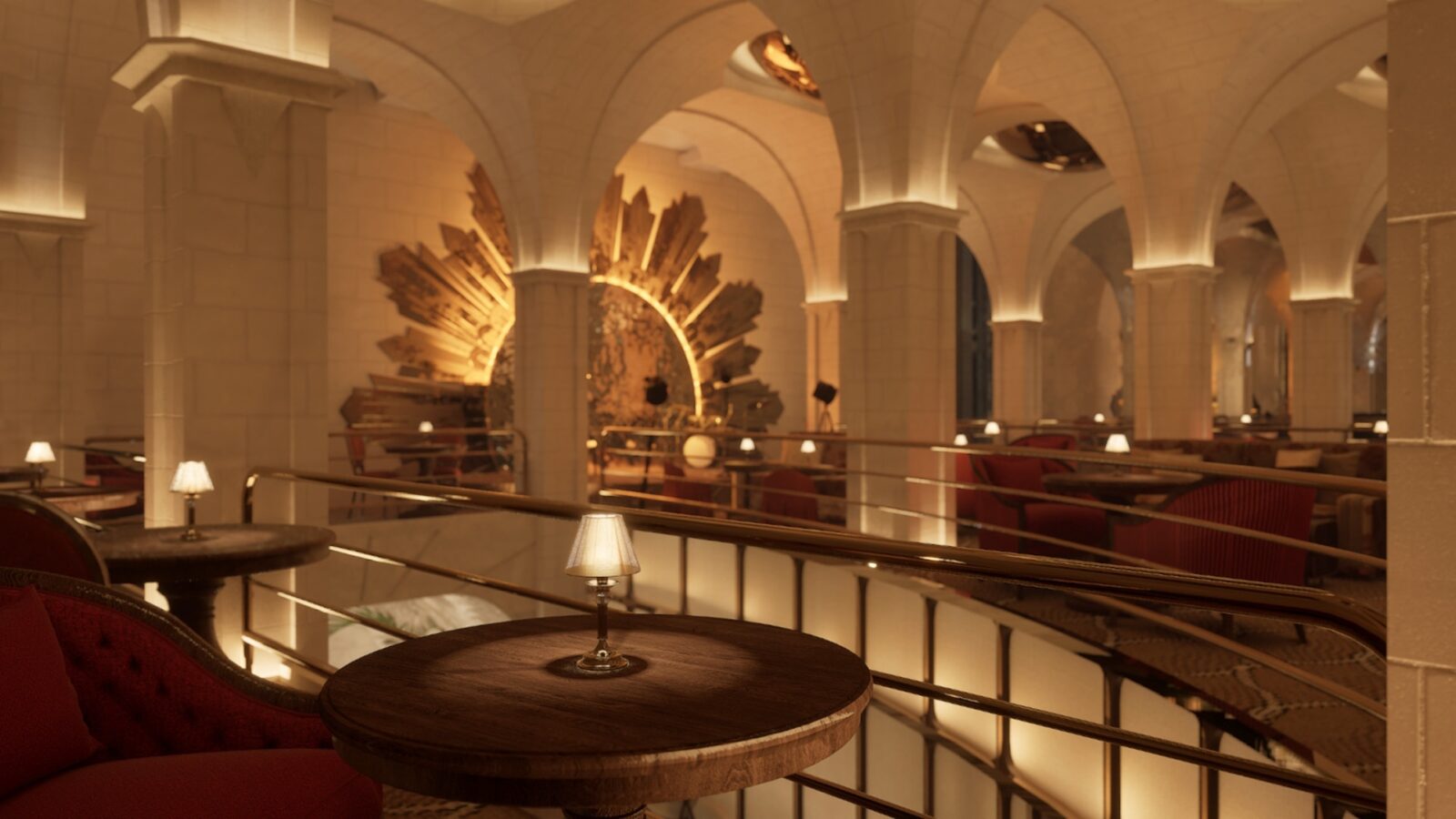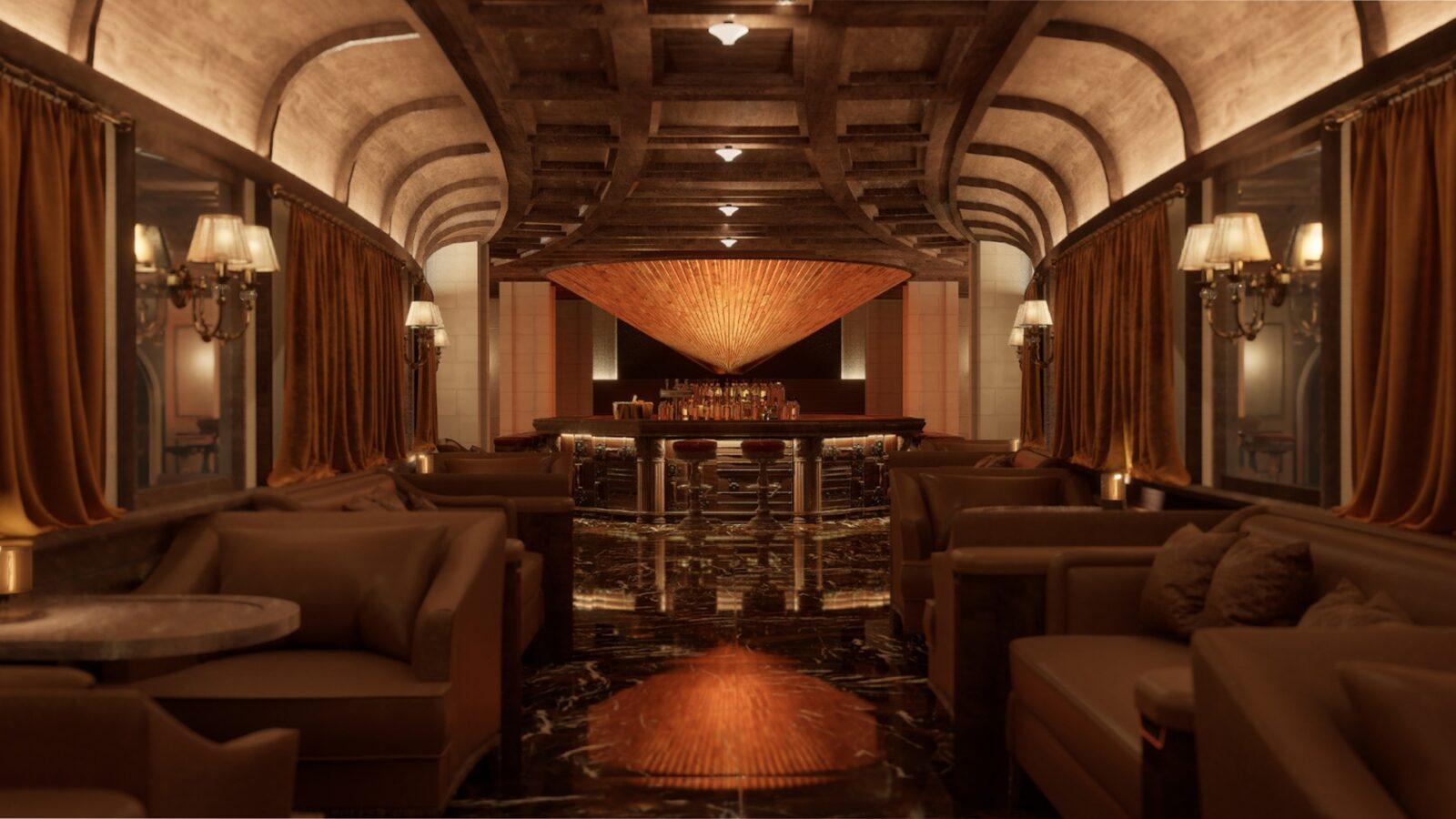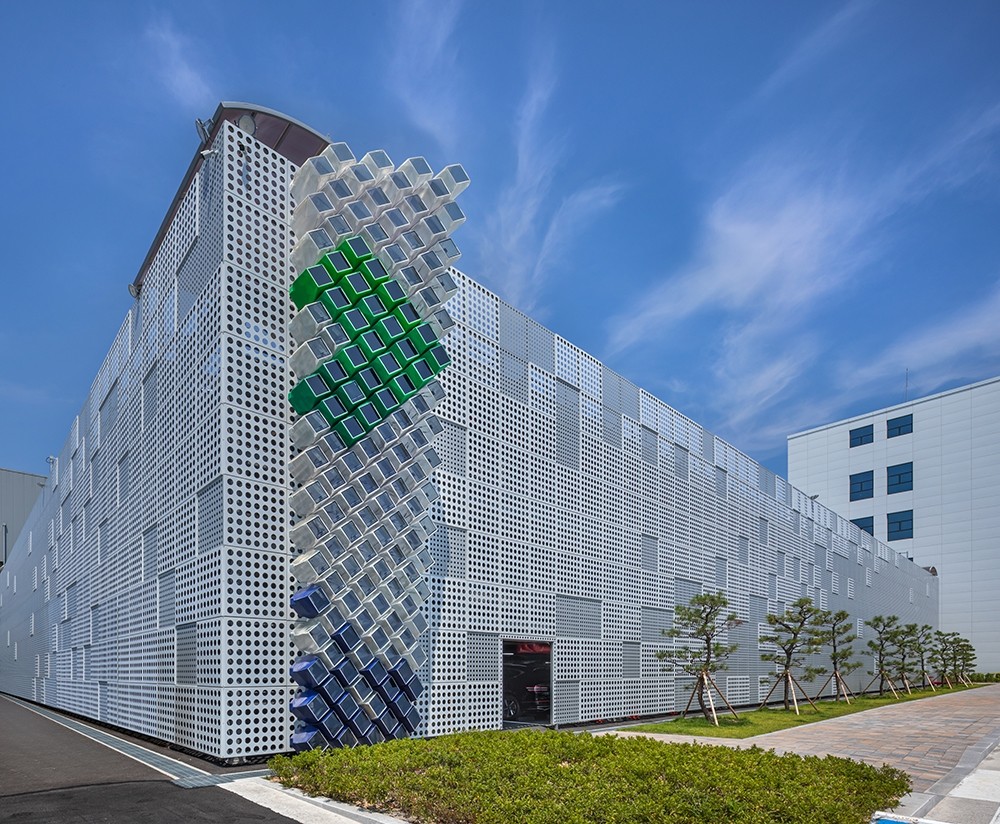In the heart of what was once Pawtucket’s historic train station, a surreal dining experience unfolds, where time doesn’t tick; it lingers. Winner of the Emerging Interior Designer of the Year in the Eating Space category at the LIV Hospitality Design Awards, Jihyeon Park invites us into Limen, a project that reimagines nostalgia through spatial poetry. Conceived during her time at the Art Center College of Design, Limen explores the soft boundary between memory and reality, blending moments of longing, love, and stillness into an immersive interior. In this interview, Jihyeon shares her creative process, emotional inspirations, and how one space can transport us through time without ever leaving the table.

Can you tell us a bit about yourself? What led you to study interior design?
My family has worked in the architectural business, so I grew up around it. Although my initial exposure to the field stemmed from my childhood, studying interior design has provided me with many fascinating perspectives on viewing the world.
Would you say you have a personal design philosophy? If so, how did you apply it to Limen?
For me, experience is the most important aspect of spaces. I am deeply fascinated by emotions tied to specific environments. For instance, I worked on a project focused on scent memories. I believe that spaces infused with nostalgia or people’s memories hold significant power. For Limen, I chose the concept of time of day, which is a familiar experience for everyone. I aimed to transform these common memories into memorable moments.
What is the concept behind Limen, and how did you come up with it? Where did the inspiration come from?
The concept behind Limen revolves around the time of day. During my childhood, I frequently traveled by train, whether in the early morning, on sunny afternoons, at sunset, or at night. Those little moments vividly remain in my memory. However, this experience is not unique; almost everyone can encounter it in their lives. My project aims to recapture these beautiful moments and inspire appreciation for our memories.
How did you manage to create the kind of surreal, time-altering experience you were looking for in a historic train station?
I aimed to use specific formal strategies to evoke a surreal feeling. The formal strategy for Limen Hotel skillfully combines elements of Classic, Anomalous, and Unity/Balance to transform a historic railway station into a portal of timeless allure. This strategy utilizes balanced compositions and symmetrical shapes to unify these contrasting elements, enhancing the spatial experience and creating a serene environment that respects and emphasizes the building’s historical significance.



Can you walk us through your design process? How did you approach the project from concept to final execution?
When I saw the site, my concept emerged spontaneously because I had vivid memories of the train. I worked out the layout and sequences using the floor plan. Then, I began creating mood boards and color themes for each space. I researched many old train stations and their features as well. I continued adding details until everything finally came together in the end.
Can you tell us about some of the biggest challenges you faced during the design process and how you overcame them?
The biggest challenge was figuring out how to simultaneously mix the historical style and the modern. I drew inspiration from many other architects and interior designers who reinterpreted history through their designs. Additionally, I conducted numerous 3D experiments to determine where to remove ornament detail or whether to add more detail to balance the historical and modern elements.
Congratulations on winning the “Emerging Interior Designer of the Year” award at the LIV Awards! What does this mean for you and your future?
I have always thought my projects were very conceptual, so they might not be compelling in the industry. However, this award has encouraged me to pursue my philosophy and creativity again.
Did you find that being a student brought you more benefits or more challenges? Why?
It provides me with both. However, it was more beneficial for me. I could try and fail as much as I wanted. Additionally, I loved learning many things and developing in my own ways, so the school offered the time and skills to achieve those.
What can we expect from you in the future? Is there any upcoming project you are excited to be working on?
I am working on a restaurant project that combines Hollywood glamour with traditional Korean architecture. Many designers reinterpret Korean tradition as very minimal and modest. I’ve always wondered why traditional Korean aesthetics aren’t modernized to their fullest extent. Therefore, I am experiencing the blending of cultures in a new way.










